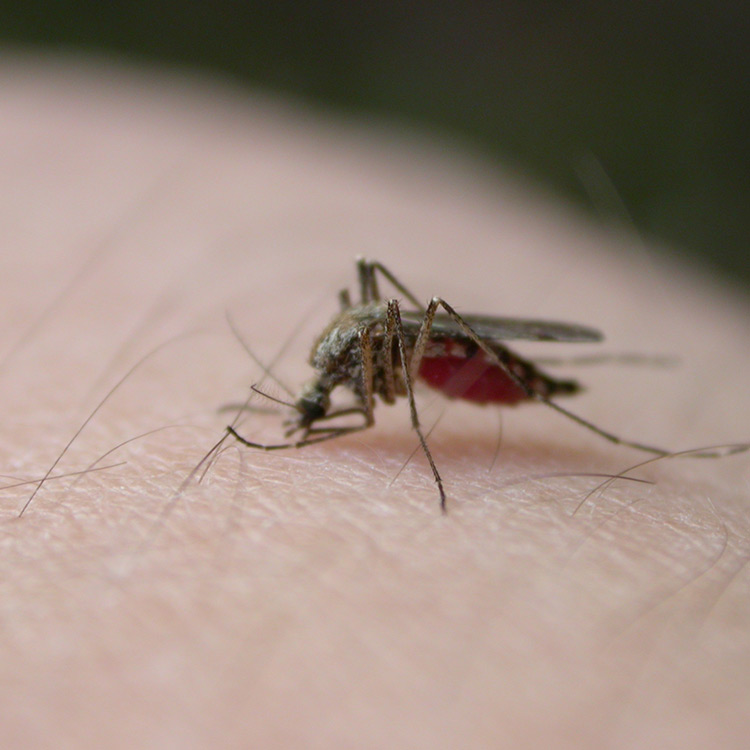 WA Researchers have conducted an Australian-first study to determine the prevalence of microcephaly, in preparation of any future outbreak of the Zika virus.
WA Researchers have conducted an Australian-first study to determine the prevalence of microcephaly, in preparation of any future outbreak of the Zika virus.
Microcephaly, a birth defect in which a baby is born with a smaller than expected head, has been linked to the mosquito-borne Zika virus, which has recently spread to the Pacific Islands and through parts of the Americas.
The study led by The Kids Research Institute Australia in collaboration with the Western Australian Register of Developmental Anomalies, King Edward Memorial Hospital; and the Communicable Disease Control Directorate of the WA Health Department and published today in the Medical Journal of Australia, found an average of five cases of microcephaly in every 10,000 births in Western Australia over the study period.
Microcephaly has a range of causes other than Zika including genetic conditions, metabolic diseases and exposure to certain medications, infections or alcohol during pregnancy.
Lead author Dr Michele Hansen from The Kids Research Institute Australia said it was important for Australia to have these baseline data on microcephaly rates, so that health authorities could effectively monitor any future local outbreak of the Zika virus.
“More than 2.2 billion people live in areas where Zika virus infection is a risk and local transmission has recently been reported in Singapore and other common travel destinations for Australians,” Dr Hansen said.
“Although local transmission of Zika virus has not yet been reported in Australia, the risk of that happening is real.
“A species of mosquito found in northern and central Queensland is known to spread the disease and travellers returning from overseas, who have been infected with Zika, could infect local mosquitoes and cause an outbreak.
“That species of mosquito has also been known to populate other areas of Australia in the past, including many parts of Western Australia, so there is concern that the mosquito could become re-established outside of Queensland, increasing the possibility of Zika virus transmission within Australia.”
Co-author on the study Professor Carol Bower said as well as providing a baseline for prospective surveillance of microcephaly, the data also shed light on the high proportion of microcephaly cases in WA with no known cause.
“This study has highlighted the need for clinicians to carefully investigate all possibilities when diagnosing microcephaly, including emerging infections, genetic and rare conditions and Fetal Alcohol Spectrum Disorder, which remain under-diagnosed in Australia.”
Findings
In the first descriptive epidemiological investigation of microcephaly in Australia, researchers examined the Western Australian Register of Developmental Anomalies and found:
- Out of 963,126 births between 1980-2015, 478 cases of microcephaly were recorded, an overall prevalence of 5.0 per 10,000 births.
- Annual rates of microcephaly ranged between 2.9 and 7.7 per 10 000 births per year.
- A cause was established in 45% of microcephaly cases. In Aboriginal children, the most frequent cause was Fetal Alcohol Spectrum Disorder (FASD), while in Non-Aboriginal children the most frequent causes were genetic disorders and chromosomal defects.
- The prevalence of microcephaly was similar for male and female children but 4.5 times higher for Aboriginal, than non-Aboriginal births.
